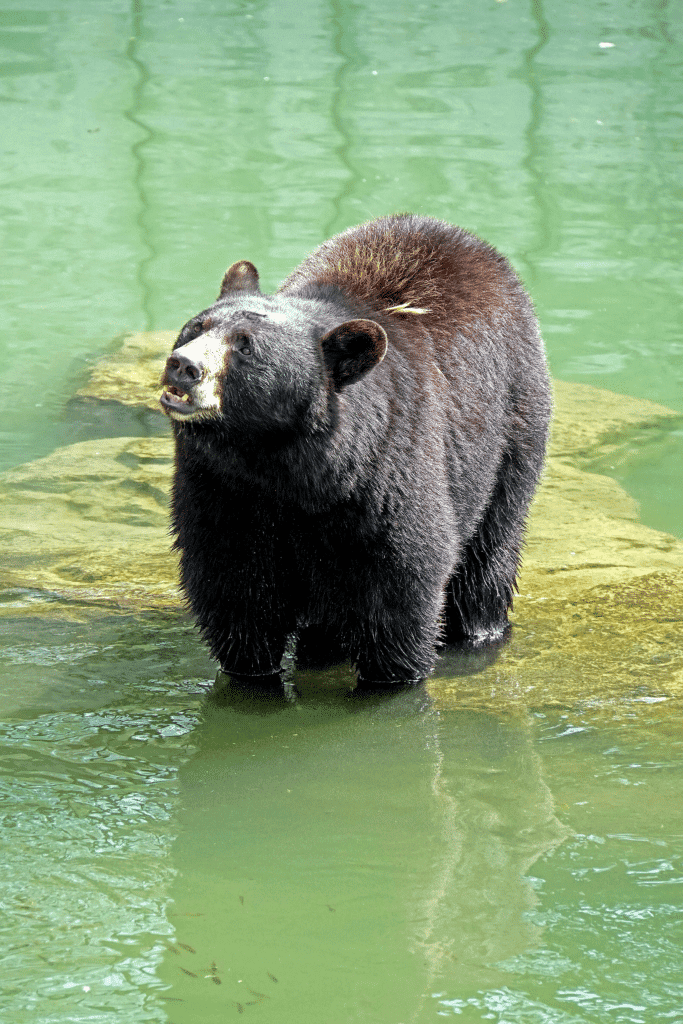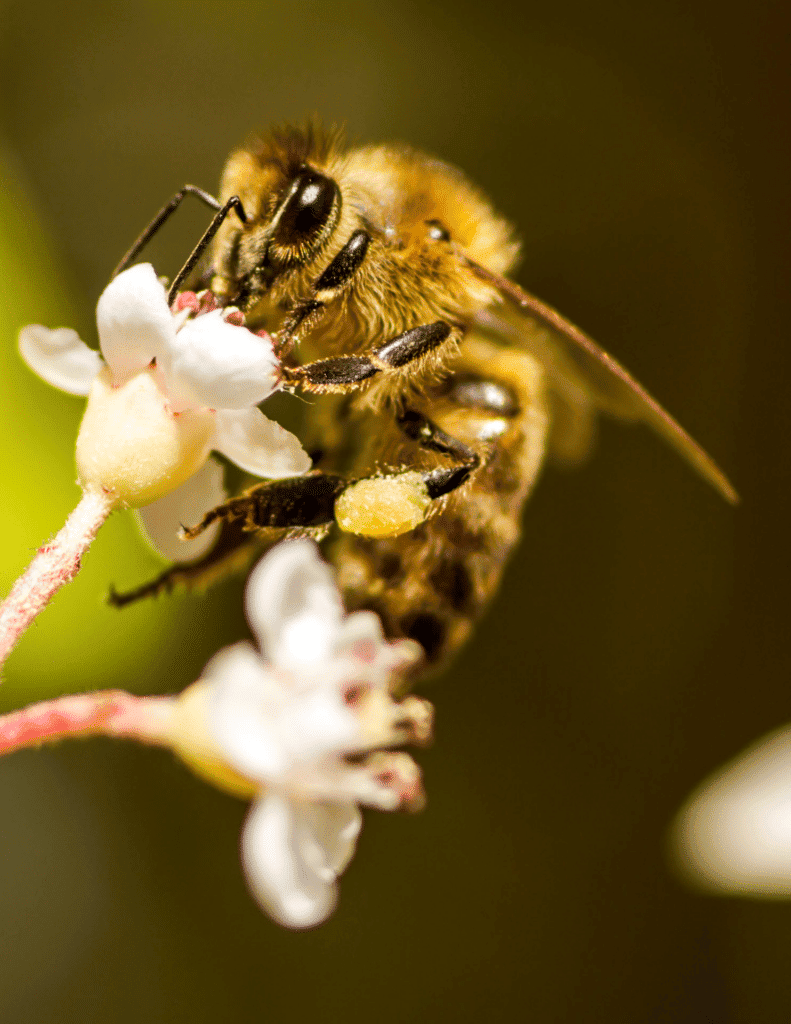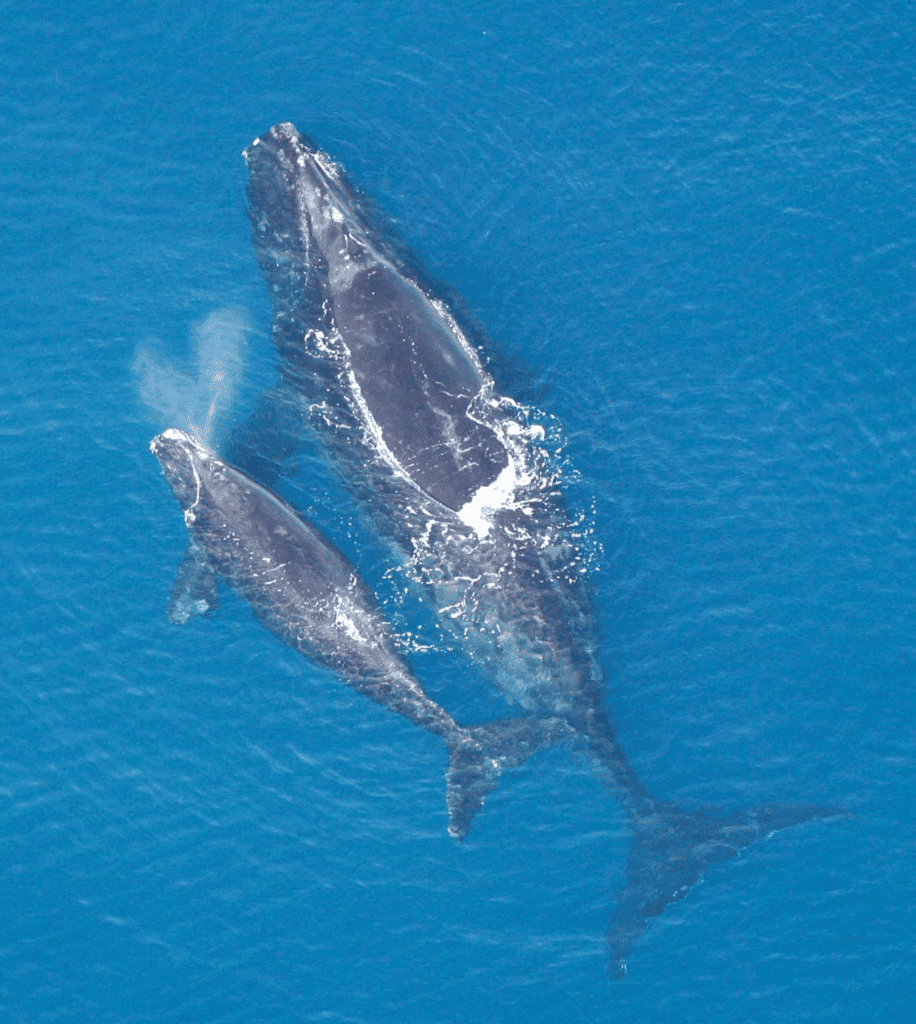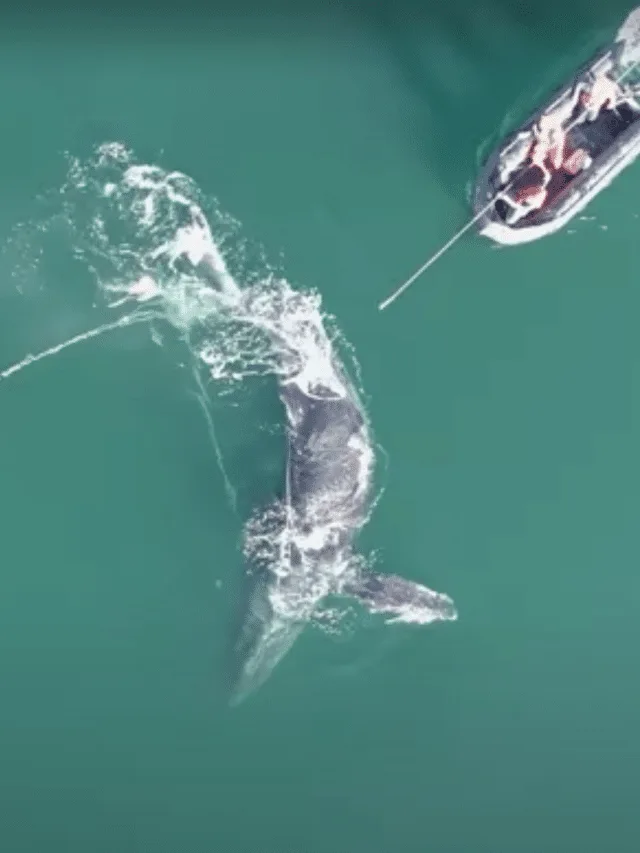Embark on an exhilarating odyssey through the captivating landscapes of Massachusetts, where we’re not just crossing borders; we’re delving into the vibrant tapestry of the state’s diverse animals and wildlife. From the towering intellects of Harvard’s hallowed halls to the untamed realms where creatures big and small reign supreme, Massachusetts is a nexus of human brilliance and nature’s marvels.
Join us on this expedition as we brush shoulders with elusive critters, witness nature’s spectacles, and unveil the secret lives of the animal kingdom thriving in this historic state. So, grab your favorite snacks, get cozy, and buckle up for a wild ride as we peel back the layers of the untold tales of Animals and Wildlife in Massachusetts! Ready to dive into the heart of it all? Let the adventure begin!
Where can I find the best wild animals and wildlife in Massachusetts?

Before digging deeper into the Massachusetts wildlife, let’s walk into the best spots to find the best wild animals in Massachusetts.
Despite the Industrial Revolution, Massachusetts has managed to preserve many forests. A survey suggests that it has more than 200 state forests, reserves, and parks that have been natural refuges for wildlife.
Notably, with these vast refuging options, this state offers a variety of exciting and untouched wildlife. Precisely speaking, great locations near the coast feature some of the best marine habitats in the country. Read about hawk species in Massachusetts.
Here is a list of the best places to see the wondrous animals in Massachusetts today in all their glory.
- Stellwagen Bank National Marine Sanctuary: The Stellwagen Bank National Marine Sanctuary is an underwater plateau ideally located at Massachusetts Bay’s mouth. If we further narrow its exact location, we may pinpoint its exact location somewhere between Cape Cod and Cape Ann.
Notably, the place is known as Gerry E. Studds Stellwagen Bank National Marine Sanctuary. Also, the place is considered an ideal site for spotting whales. Overall, this particular region of Massachusetts is best known for its wondrous species of marine life. For this reason, the place is no less than a treasure trove for people who love exploring marine life.
- Monomoy National Wildlife Refuge: Monomoy National Wildlife Refuge is one of the most common refugees for Massachusetts animals. It is among the top eight refuges of the Eastern Massachusetts National Wildlife Refuge Complex, featuring beautiful dunes, freshwater ponds, marshes, and beaches. It is located south of Cape Cod and offers prime habitat for oystercatchers, plovers, and migratory birds.
- North of Monomoy: The North of Monomoy is one of the world’s loveliest places for wanderlust. Also, it is untouched by human residents. Inhibiting no human residents, this is an unspoiled place and a significant hub for Massachusetts wildlife, mainly including turtles, gray seals, meadow voles, and the hognose snake.
More preferably, it is home to migratory birds, including the scarce species of water birds. Overall, experts believe that around 370 species of birds are native to this place.
- Great Meadows National Wildlife Refuge: It would not be wrong to say that it is home to countless wildlife wonders. Located west of Boston, it owns 85% of freshwater wetlands where these wonders fly. An estimate shows that the Great Meadows owns around 220 unique bird species.
It also features muskrats, rodents, white-tail deer, foxes, weasels, herons, bluebirds, finches, and waterfowl. Also, the place is no less than a complete picnic package offering ideal spots for hiking, trekking, fishing, or even hunting.
- Pleasant Valley Wildlife Sanctuary: The Pleasant Valley Wildlife Sanctuary is an adjacent valley to the New York border. It covers around 1,400-acre woods, a wetland, and 7 miles long lovely hiking trail that everyone will love to hit. Apart from the beauty of this area, it also has the exclusivity of owning different wondrous animals. Among its wildlife, badgers, weasels, beavers, deer, and songbirds are more noticeable.
- Assabet River National Wildlife Refuge: The Assabet River National Wildlife Refuge is among the top eight Eastern Massachusetts National Wildlife Refuge Complex.
The river is about 25 miles west of Boston, including a beautiful mingling of hardwood forests, wetlands, and lush green meadows. Above all, the Assabet River National Wildlife Range is best known for conducting the breeding process for migratory birds.
Of all migratory birds, the blue heron is the most considerable one. Besides birds, the region is also a refuge for minks, badgers, turkeys, foxes, deer, beavers, rodents, and other mammals.
The Most Dangerous Animals in Massachusetts Today

Having said earlier, Massachusetts is best known for its wildlife wonders. Owning diverse animals is a significant specification of this particular state of America. Therefore, experts surveyed Massachusetts wildlife and categorized its vast range of animals into different groups.
Among these classifications, they named one group the most dangerous animals in Massachusetts. The animals in this particular group are generally seen to occupy remote areas such as thick forests, woodlands, or deep oceans.
Notably, very few animals from this group have been observed to kill humans. Still, if you are a staunch tourist or love to explore wildlife, you must know Massachusetts’s most dangerous animals.
In addition, before planning a trip to any such place, it is strictly advised to have the necessary weapons or tools as your mandatory life belt. Here we have gathered a list of the most dangerous animals in Massachusetts today that may risk your safety.
Please note that the list only includes the animals that threaten human lives. However, you may also encounter less dangerous animals that may cause slight illness.
Let’s dive into the most harmful animals in Massachusetts!
- Timber Rattlesnake

The timber rattlesnake comes at the top of our picks for the most dangerous animals in Massachusetts today. This particular species of snake is native to Massachusetts.
However, it is only present in some areas of Massachusetts, e.g., Holyoke Mountain Range and the Blue Hills Reservation in Milton. They are witnessed to have a heavy body, just like other pit viper family members.
Notably, there are only five timber rattlesnakes in the state today. Still, we cannot overlook the danger it brings to human life.
The most venomous snakes containing potent venom to kill a human within a few minutes are categorized as the most dangerous animals. That’s why the timber rattlesnake bite is considered a severe medical emergency.
Also, considering very few timber rattlesnakes remain alive, the government has already added them to the list of Massachusetts Endangered Animals. In addition, it is strictly prohibited to kill, harass, or even chase them, as per the Massachusetts Endangered Species Act.
- Eastern Copperhead

Next on the list is the Eastern Copperhead – a non-aggressive venomous snake species. Like timber rattlesnakes, this pit viper member also has a heavy body. However, it also owns copper-colored splotches scaling from a lighter tone to darker.
Nonetheless, its distinctive appearance and hourglass-shaped body markings are unique features or identification marks.
The bites of Eastern Copperheads can potentially be lethal, causing death. However, their venom is comparatively less venomous than timber rattlesnakes. In addition, the copperheads are non-violent and non-aggressive.
- Northern Black Widow Spider

The Northern Black Widow Spider, aka Latrodectus Variolus, is another dangerous animal that you may encounter in Massachusetts. Generally, they are present in the Eastern US, southern Canada, and Florida. However, they prefer flying to Massachusetts in the summer.
Notably, the spider shares many physical attributes with its southern cousin. They both share physical characteristics, but their painful bite is similar. The female Northern Black Widow Spider has a comparatively more nasty taste, and it’s because the venom is more lethal than its male counterpart.
The black widows are medium-sized spiders having glossy black-colored abdomens and large red circles on their backsides.
- North American Black Bear

The next is the North American Black Bears, who are not intensively aggressive. Instead, black bears are shy since they are solitary animals who love to live alone.
But!
These lumbering giants turn into aggressive predators if they feel threatened. Typically, they are medium-sized bears with a diversity of skin colors. Though they are named black bears, they also exist in colors like blue, gray, chocolate brown, or cinnamon brown.
- Sharks and Jellyfish

By Bernard DUPONT from FRANCE – Great White Shark (Carcharodon carcharias), CC BY-SA 2.0, https://commons.wikimedia.org/w/index.php?curid=56467033
Massachusetts bay is well-known for its deep waters, and many species are part of Massachusetts marine life, such as Jellyfish. The seas of Massachusetts teem with several different kinds of Jellyfish that take a nasty bite upon contact.
The bites of these Jellyfish turn fatal if not treated instantly and adequately. Burning, swelling, and slight numbness are essential among the common symptoms of jellyfish bites.
Sharks are another predator you may find in the deep waters of this region. Though shark attacks are rare, they can be dangerous ones. The best practice to avoid shark attacks is to avoid swimming in wetsuits or prevent wearing any jewelry while swimming.
- Wasps and Bees

Undoubtedly, Massachusetts is the biggest hub for different species of bees, including bumblebees, hornets, European honeybees, and carpenter bees. Another notable bee species is a yellow jacket, whose stings are 70% more common than the others.
Mild to severe pain is the most potential symptom of Massachusetts bees. However, an allergic reaction to their sting has also been noticed. The ratio of this allergic reaction is just 5%, but there is a higher chance of its being fatal.
Endangered Animals in Massachusetts

Since Massachusetts is home to many unique species of animals, few species are closer to extinction. That is why the respective authorities have shortlisted a list of certain animal species and named them the Endangered Animals in Massachusetts.
Notably, many different factors are contributing to their extinction risk. Nonetheless, the animals included in this list are protected and rescued following the Massachusetts Endangered Species Act.
Let’s take a quick sneak peek at Endangered Animals in Massachusetts today!
- Bats

Many nocturnal bats species are enlisted to the list of endangered animals. The brown bat, northern long-eared bat, eastern small-footed and tri-colored bat, and Indiana bat are included.
Please note that the most significant reason for their extinction is outspread of a fungal disease known as white-nose syndrome. Research tells that the disease was first brought up in Europe. The fungal attack causes an infection in the colonies and spreads throughout the body leading to premature death.
- Saltmarsh Sparrow

The salt marsh sparrow is mainly native to the Atlantic coast, and this New World sparrow was primarily considered a relative of a sharp-tailed sparrow. Due to that, they are now known as salt marsh sparrows.
Also, this particular sparrow species is at a high risk of extinction. And the reason behind its rapid demise is habitat loss. They are medium-sized sparrows with slightly longer tails and muscular bodies.
- Roseate Tern

The following endangered animal from Massachusetts wildlife is Roseate Terns. They belong to the genus sterna. Their name ‘roseate’ was given to them due to their pink breast during their breeding phase.
Moreover, these are medium-sized seabirds ordinarily present on the northeastern coast of the United States. A black-colored cap on their heads and a pink spot on their breast give them the most captivating outlook.
But unfortunately, this beautiful seabird is becoming extinct sooner or later. The Roseate Tern population decline was first observed in the late 19th century, and it was due to plume hunting.
However, that decline was later stopped. Still, this particular seabird species is labeled an endangered animal under the Endangered Species Act (ESA).
- Timber Rattlesnake
Next, we have the most venomous snake species, also categorized as Massachusetts’s most harmful animal. Notably, they are among the rarest animals in Massachusetts, as only five timber rattlesnakes are still left.
Due to the very few alive timber rattlesnakes, the Massachusetts Wildlife administration has added them to the list of Massachusetts Endangered Animals.
Since they are one of the most dangerous animals, there might be a chance of killing them to save human life. To eliminate that risk, the government has also strictly prohibited killing, harassing, or even chasing them.
Initially, they are native to Massachusetts, mainly found in just two regions of Massachusetts: Holyoke Mountain Range and the Blue Hills Reservation in Milton.
- Whales

Experts believe that whales are among the most critical marine mammals as they are the key to a healthy marine environment. Generally, thirteen major or most significant species of whales exist on the planet- Earth.
BUT!
Sadly, seven out of thirteen are marked as endangered marine animals. It is essential to mention that even a slight change in the ratio of endangered species may impact the marine environment badly.
Also, among the endangered species of whales, fat, blue, sei, fin, humpback, and sperm whales are the North Atlantic right whale, fin whale, baleen whale, sei whale, and North Pacific right whale are included.
Most importantly, the North Atlantic right whale is one of the rarest whale species belonging to the genus Eubalaena.
- Sea Turtles

Of all the endangered animals, Sea Turtles are the most seriously endangered animals, and it’s because almost all their species are at a high risk of vanishing. However, among endangered animals, leatherback, loggerhead, Atlantic hawksbill, green, and Kemp’s ridley sea turtle are on the red list.
Please note that the common factors contributing to the rapid extinction of sea turtles are poaching, extreme marine pollution, lack of critical nesting sites, and net entanglements.
Frequently Asked Questions – FAQs
What is Massachusetts’s famous animal?
The most famous animal in Massachusetts is the Morgan horse. Morgan horses are the state’s official horses andy descend from a Bay stallion from Massachusetts named Massachusetts.
In addition, the Official Cats are the tabby, and the state mammal called the Right Whale is vital in state whaling industries.
What is the Massachusetts state dog?
The official dog of Massachusetts state is the Boston Terrier.
Wrapping Up
To conclude, we can rightly say that Massachusetts is the biggest hub of animals and wildlife wonders as it’s so brimmed with wondrous animals.
It is a treasure trove of several beautiful species, from woodlands to submarines. And that’s no lie! Also, it is a favorite spot for many tourists, ecologists, and wildlife biologists for study, exploration, and research purposes.
But unfortunately, some unique animals are at higher risk of vanishing. However, the respective administration of Massachusetts is working by leaps and bounds to protect endangered animals.
Look here if you want to learn more about Wildlife in the USA. You might also like to read about Animals in Connecticut.
- Largest Gorilla Ever Recorded (860 Pounds) - April 8, 2024
- Sloth vs Young Harpy Eagle - April 8, 2024
- Watch: The Intense Clash of a Komodo Dragon Over an Innocent Goat (on Video) - March 21, 2024



